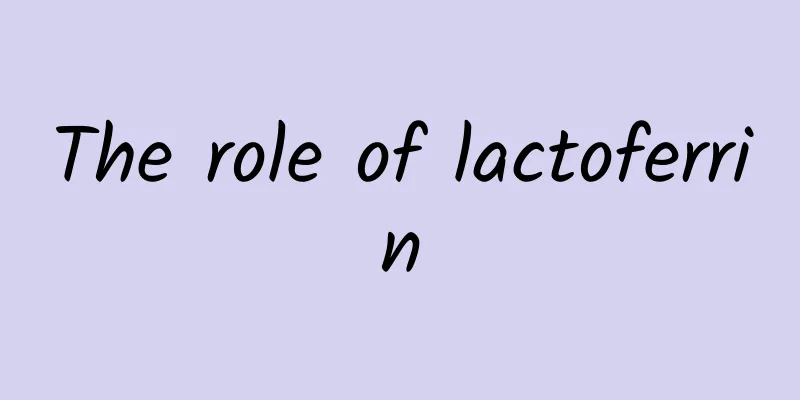The efficacy and function of hard water coptis root

|
Traditional Chinese medicine has a history of thousands of years. It has appeared at a very early time, and it has very satisfactory effects on the treatment of diseases. There are many types of traditional Chinese medicine. So do you know the medicinal material Coptis chinensis? [Other names] Water coptis root (Baicao Mirror), Coptis chinensis under golden chicken feet (Compilation of Common Folk Herbs), Yellow-footed chicken (Sichuan Chinese Materia Medica), Hard-stem water coptis root (Sichuan Commonly Used Chinese Herbs). [Source] It is the root of the Ranunculaceae plant Thalictrum arrowhead . Harvested in May and sun-dried. [Original morphology] Perennial erect herb, 1 to 1.5 meters high, the whole plant is glabrous. The rhizome is short, and the fibrous roots are slender and yellow-brown. The stem has longitudinal ridges. The leaves are 2-3 times 3-pinnate compound leaves; the base of the petiole has longitudinal grooves and a membranous auricular sheath. The petiole of the basal leaves is 6-8 cm long, and the petiole of the stem leaves becomes shorter as they move upwards, or even sessile; the leaflets are linear-oblong or oblong-cuneate, entire or 2-3-lobed at the apex, with a rounded or cuneate base and curled edges; the leaflets at the apex are petiolate, and the leaflets on both sides are often sessile; the leaves on the top or inflorescence are narrow, nearly lanceolate, 2-3-lobed or entire. The panicle is terminal; the bracts and bracteoles are ovate-lanceolate, brown, and membranous; the flowers are yellow, and the pedicel is 3-5 mm long; there are 4 sepals, which are ovate-elliptical; there are 10-20 stamens, with thin and weak filaments, and the anthers are linear-oblong with small arrowheads; there are 6-12 pistils. Achenes are very small, ovate-round, sessile, gray-brown, with a short, arrow-shaped persistent stigma. Flowering period is from May to June. Fruiting period is from June to August. [Habitat distribution] Growing on sunny slopes, forest edges, thickets, grasslands and river banks. Distributed in Jilin, Liaoning, Heilongjiang, Shanxi, Gansu, Qinghai, Sichuan, Hubei, Inner Mongolia and other places. Produced in Sichuan. [Properties] The dried rhizome is relatively thick, with numerous fibrous roots, which are slender and horsetail-shaped. The surface is gray-brown to gray-yellow, and the cross-section is bright yellow. There are often stem remnants above the rhizome. It has a faint smell and a bitter taste. 【Chemical composition】 The root contains berberine. [Pharmacological action] Thalictine has a sedative effect on mice. Although it has no protective effect on clonazepam (150 mg/kg intraperitoneal injection), it can prolong the sleeping time of cyclohexylbarbital by 2 times. This dose (500 mg/kg subcutaneous injection) does not affect the body temperature. If the dose is doubled, the body temperature can be reduced by 2.5-2.7℃ within 2 hours and by 6.5-6.0℃ within 18 hours. Intravenous injection of 1 to 5 mg/kg in anesthetized cats can reduce blood pressure by 20 to 90 mmHg, slow the heart rate, and increase the amplitude of cardiac contraction. 10 mg/kg can be lethal. It has little effect on choline receptors and does not change the response of adrenaline. 5 mg/kg has a mild anti-adrenergic effect and a mild choline-like effect in cat small intestine and uterine specimens. It has an antispasmodic effect at a concentration of 0.0001. 【Nature and flavor】 "Sichuan Chinese Materia Medica": "bitter, cold, non-toxic." 【Functions and indications】 Clears dampness and heat, and detoxifies. Treat jaundice, dysentery, asthma, measles combined with pneumonia, nasal carbuncle, red eyebrows, fever sores, [Usage and Dosage] For oral use: decoct in water, 1 to 3 qian. For external use: grind into powder and apply on skin. [Additional prescription] ① For the treatment of lobar pneumonia: 5 qian of arrow-head thrush (or 3 qian of root), 3 qian of scutellaria baicalensis seeds, and 2 qian of licorice. Decoction in water. 【Excerpt】 《*Dictionary》 [Source] From "Sichuan Chinese Materia Medica". Knowing the effects and functions of Coptis chinensis, for most friends, if you feel you need it, you might as well eat some of it in your daily life. I believe it will effectively improve your condition. However, in order to ensure the effect after consumption, please be sure to consume it according to the requirements and avoid some bad living habits so that you can get the expected effect. |
<<: The efficacy and function of Sclerocarpus sclerophylla
>>: The efficacy and function of Camellia oleifera root bark
Recommend
Why don’t I recommend you to eat raw pickled or raw water chestnuts?
Recently, pickled shrimp has become popular again...
What are the effects and eating methods of Cordyceps
Everyone should know that Cordyceps is a very pre...
The efficacy and function of stair grass roots
Do you know the root of stair grass? It is a comm...
The efficacy and function of Caragana korshinskii
Many people know that Caragana has unique therape...
[Chasing Dreams among Stars] Zhang Xuan: Solving the Simulation Problem to Build a "Heart" for Satellites
Your browser does not support the video tag This ...
What are the side effects of maca tablets?
I believe many people understand the effects of m...
How long does it take for a fetus to have cerebral palsy if it is lack of oxygen?
There are many causes of cerebral palsy, one of t...
What are the effects of Mianma Guanzhong
Mianma Guanzhong is a traditional Chinese medicin...
It's exciting to listen to! People south of this line in China have hope for winter
Recently, the news that "three communities i...
How to have high-quality sleep? Do these things and you will have sweet dreams!
It is very important to form good sleeping habits...
The efficacy and function of sedge
We know that there are many kinds of Chinese medi...
Some Olympic gold medals have become bald...How many ways are there to gild a silver medal?
Produced by: Science Popularization China Produce...
The efficacy and function of red cardinal coral
Cardinal coral is a traditional Chinese medicine....
The most tricky kind of meat in supermarkets, I don't recommend buying it, it's a waste of money
In the past two years, the price of pork was rela...
The efficacy and function of wild pepper
Most Chinese medicinal materials have good effect...









